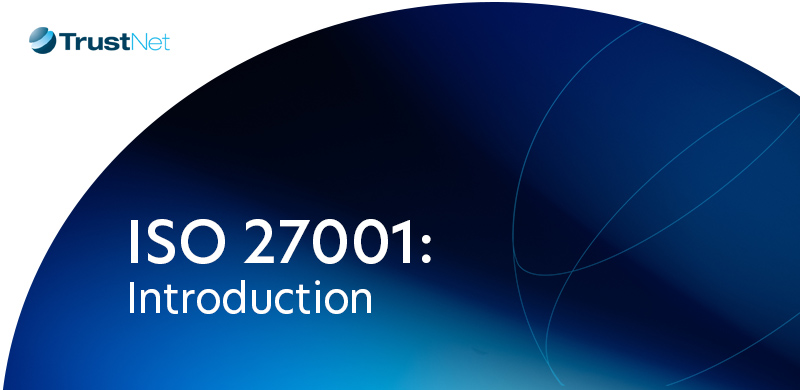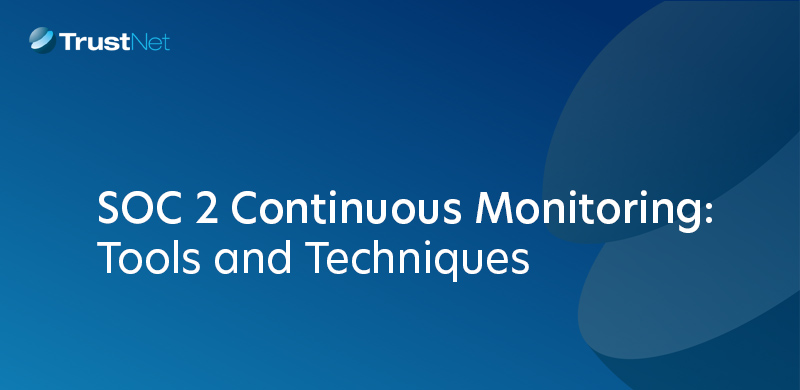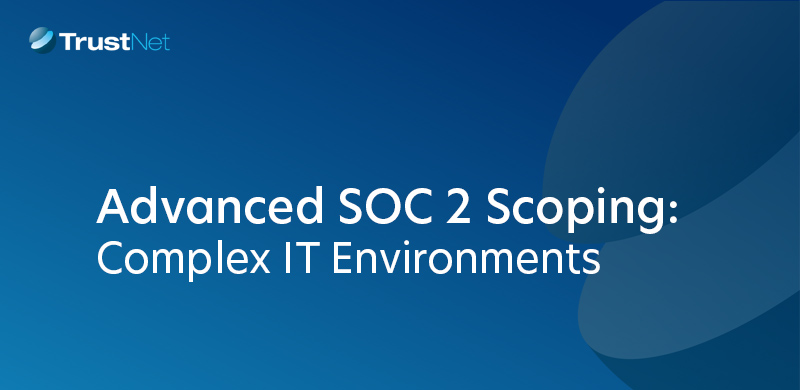Blog SOC 2 Readiness Assessment: All You Need to Know
SOC 2 Readiness Assessment: All You Need to Know
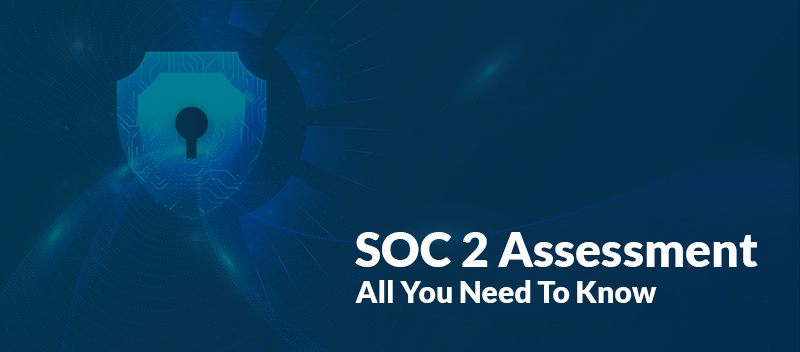
You’ve heard about SOC 2 audits, and you’re scrambling to ensure your organization is ready for this significant compliance task. Many must realize that the real work starts before even calling in a certified auditor with an efficient SOC 2 readiness assessment.
What is SOC 2?
SOC 2 stands for Systems and Organization Controls 2. It’s a set of criteria designed by the AICPA (American Institute of Certified Public Accountants) to ensure that service organizations manage customer data securely and reliably.
Choose either Type I or Type II SOC 2 report based on your needs: Type I is quicker but less comprehensive, while the more detailed Type II is commonly preferred among prospects. Based on the nature of the services you provide, this comprehensive certification reassures compliance with one or all five Trust Services Criteria: security, availability, processing integrity, confidentiality, and privacy.
Licensed CPA firms give your organization an endorsement when they see that your internal controls and policies are working as they should. Critical for preserving client confidence, achieving this verification indicates conscious efforts toward risk management and securing information assets.
Trust Services Criteria
The Trust Services Criteria form the backbone of a SOC 2 audit. These dictate that an organization must maintain robust policies and controls for securing customer data.
Such measures, confirmed by licensed CPA firms during the audit process, endorse an organization’s commitment to safeguarding sensitive information.
In addition to these criteria, it is also extremely important to generate a great amount of documentation. A business may provide verifiable proof that it complies with industry standards by systematically outlining its security protocols and practices.
Organizations may more easily show compliance preparedness and fit with the Trust Services Criteria by using platforms such as TrustNet’s, which further optimize these procedures.
Requirements and Points of Focus
Understanding the requirements for a SOC 2 readiness assessment is crucial. This stage’s objective is to ensure businesses comply fully with the established Security and Compliance Foundations.
This includes keeping appropriate records, using security measures, and mitigating risk. Major areas of concern comprise PII protection using strong encryption techniques, common user access, data transmission, and protection through encryption.
Each organization’s control environment also plays a significant role in shaping these requirements. These refer to vital components such as ethical values maintained within the business entity’s internal oversight structures that regulate various processes and procedures adhered to by your staff members at all levels of the management hierarchy.
Preparing thoroughly against each predefined criterion can significantly smoothen your compliance journey toward obtaining a favorable SOC 2 report from certified auditors during the actual audit process.
Learn more about our SOC 2 compliance services Here
Types of SOC 2 Reports
The major distinctions between Type I and Type II SOC 2 reports revolve around the depth of the audit and the time period it covers. Here’s a simple comparison of the two types of reports:
| SOC 2 Type I Report | SOC 2 Type II Report |
| Provides a snapshot of the organization’s controls at a specific point in time. | Evaluates the effectiveness of controls over a specified review period, typically 6 to 12 months. |
| The audit is less detailed and completed more quickly than a Type II audit. | The audit is more thorough and detailed, providing assurance that controls were consistently applied and effective over time. |
| It can be a useful starting point for organizations starting their SOC 2 journey. | Preferred by most prospects due to the comprehensive nature of the review and the reassurance it provides about the effective operation of controls. |
Both Type I and Type II SOC 2 reports have their role to play, but the choice between them depends on your organization’s needs, risk tolerance, and stakeholders’ expectations.
Which SOC 2 report is right for my organization?
Choosing the suitable SOC 2 report for your organization depends primarily on your unique security and compliance requirements. A Type I report might be enough for many startups and small-to-medium-sized businesses – it’s quicker to obtain. It outlines what security policies and procedures are in place at a specific time.
On the contrary, if an elaborative examination of your controls over an extended period is required, then a Type II report better suits your needs. This type of SOC 2 audit comprehensively assesses how effectively you manage risk mitigation processes within your organization over time.
Therefore, larger organizations or those with complex information systems often favor this method due to its thoroughness in auditing their cybersecurity framework.
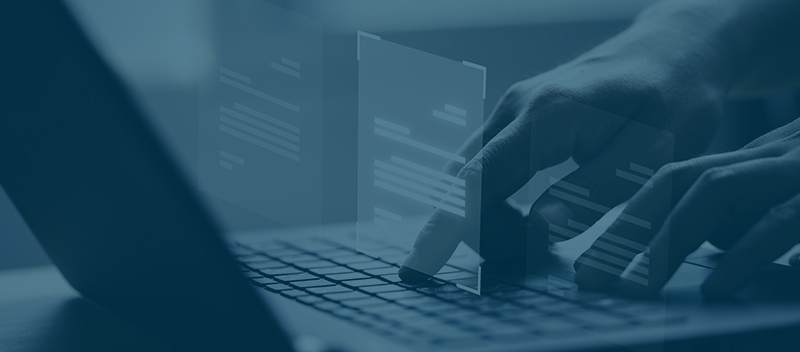
Significance of SOC 2 Readiness Assessment
The SOC 2 readiness assessment is significant in gauging an organization’s preparedness for a formal audit as well as in detecting and addressing non-compliance issues in advance. It acts as a roadmap for ensuring adequate security control measures, risk management practices, and comprehensive documentation are suitably placed to meet the Trust Services Criteria.
Hence, a readiness assessment pre-empts failure during the actual audit by spotlighting areas that require attention – these could range from policy discrepancies concerning access control to weak points within vulnerability management processes.
Evaluate your organization’s maturity level
Assessing your organization’s maturity level is essential in the SOC 2 readiness assessment. An organization with a high maturity level typically has strong security and compliance controls, while those at lower levels might need to strengthen their defenses.
For an audit’s success, organizations should put measures in place such as risk assessment, incident response plans, and various control activities This assessment takes into account the threats and vulnerabilities associated with one’s business operations and information security – which will need to be mitigated effectively.
Tools like TrustNet’s consolidated dashboard can help streamline this process by flagging areas requiring improvement before official SOC 2 audits occur.
Preparing for the audit
Crucial steps make up the process of preparing for a SOC 2 audit.
Essentially, these are:
-
- Establish clear organizational objectives for security and compliance.
- Identify key processes and procedures in your business operations.
- Conduct an initial review of your existing policies using a SOC 2 readiness checklist.
- Implement systematic identification and control over key information assets.
- Generate detailed data flow diagrams to understand the current network environment.
- Ensure all system configurations adhere to standardized guidelines.
- Verify the appropriate use of firewall and router procedures.
- Incorporate file integrity monitoring software into your security apparatus.
- Devise robust incident response tracking mechanisms.
- Plan for adequate data recovery protocols and business continuity planning in case of threats or breaches.
- Enforce rigorous change control measures and separate duties between development and production environments.
Key Areas of Focus During SOC 2 Readiness Assessment
A SOC 2 readiness assessment highlights three key areas: the verification of policies and controls, vulnerability and risk management strategies in place, and a thorough review of all related documentation within your organization.
– Policies and controls
Organizations embarking on a SOC 2 readiness assessment need to emphasize strengthening their policies and controls. These establish parameters for what constitutes a robust security and compliance program within the organization. For proper cybersecurity measures, control activities must be accompanied by security policies that indicate the organization’s intention to safeguard its information assets.
Policies such as access management, vendor management, risk mitigation process, and oversight procedures work collaboratively to ensure safety in all spheres: digital data protection, physical environment safety or even regulating employee conduct. Regular reviews ensure these rules remain current and reliable while preserving integrity throughout business operations.
– Vulnerability and risk management
Identifying potential weaknesses and mitigating risks forms the core of vulnerability and risk management. Within this process, one may also include carrying out penetration tests, conducting vulnerability assessments and risk management in general.
These key approaches guarantee that any organization is prepared to face any security challenges without hesitation. It demonstrates the existing weaknesses in the system that can be abused by hackers, thus giving a reason for increasing the data security strategies and the technologies that are used in conducting the business.
Thorough vulnerability scans should also be performed regularly to identify possible weak points continually. Effective management of these aspects not only contributes significantly towards achieving SOC 2 readiness but provides a long-term advantage by keeping operational effectiveness at peak levels, always ensuring optimum security practices are maintained across organizations’ information systems.

– Documentation
Effective documentation serves as a cornerstone in the SOC 2 readiness assessment process. This extends to keeping accurate records on every one of the security controls as well as processes and showing how they are adhered to within the organization. Such meticulous record-keeping forms the backbone supporting your preparation for successful auditing.
For instance, while creating access management policies or conducting vulnerability scans, relevant documentation must be updated to reflect these activities accurately and promptly. To improve order and demonstrate accountability and transparency during audits, it is therefore essential to have a thorough and well-thought-out documentation system.
Steps to Prepare for SOC 2 Audit
In preparing for a SOC 2 audit, organizations must carry out various vital steps such as conducting new hire onboarding and termination activities, managing changes effectively, ensuring proper user access provisioning and de-provisioning process, scanning application vulnerabilities regularly, and providing timely penetration testing reports.
1. New hire onboarding & employee termination activities
In your audit preparations, consider your processes involving new hire onboarding and employee termination. The significance of this aspect cannot be overstated, as these activities impact your organizational data access security controls. The onboarding of new staff has to be done carefully concerning their interaction with sensitive information and their correspondent access levels. Termination practices should be equally secure, removing all system access immediately upon an employee’s departure and reducing potential security risks. Your SOC 2 readiness relies heavily on these procedures being robust and adhered to without fail.
2. Change management activities
Change management activities play an instrumental role in achieving SOC 2 audit success. It all comes down to developing proactive information security plans and strengthening efficient countermeasures to keep ahead of security threats. Riding high on minimizing possible impact due to changes, organizations must put into motion stringent change control procedures that systematically underline the separation of duties – an essential process aimed at preventing fraudulent activities and reducing errors.
As organizations seek to improve compliance, they must also bear in mind the existing maturity level that the framework requires and cautiously make relevant changes before transitioning to the next stage, which demands strict adherence to policies. Organizations starting with lower maturity should work diligently to devise defined processes and controls while maintaining accurate documentation to back up each effort.
3. User access provisioning and de-provisioning
User access provisioning involves allotting specific levels of system access to employees based on their job roles. Appropriate controls ensure that only necessary levels are granted, mitigating possible risks.
They permit authorized users, applications, or systems to achieve business objectives securely. On the other hand, de-provisioning zeroes out this process by revoking access rights when they’re no longer needed – usually during role changes or terminations. Both activities are critical in maintaining an organization’s security posture and its journey toward SOC 2 compliance.
4. Application vulnerability scans
Application vulnerability scans play a pivotal role in SOC 2 readiness preparation. These comprehensive scans discover and analyze potential security weaknesses within software applications, foreseeing areas where an unauthorized intrusion could occur. Typically conducted by third-party experts, these scrupulous examinations delve into your interfaces, databases, and back-end networks – scrutinizing every moment for latent vulnerabilities.
Vulnerability scan reports can provide an unexpected perspective for the organization towards fortifying itself against external network attacks. Following each scan, proof of remediation must be compiled as part of the evidence collection process toward SOC 2 compliance. They point out possible weaknesses and suggest relevant corrective actions that should be taken without delay. Hence, application security becomes a critical component to the advancement of the SOC 2 audit process.
5. Penetration testing reports
Penetration testing is crucial to vulnerability and risk management during the SOC 2 readiness assessment. These tests are designed to intentionally target systems to uncover any security vulnerabilities that could be exploited. Therefore, the conclusions are important when preparing to address the impending SOC 2 audit.
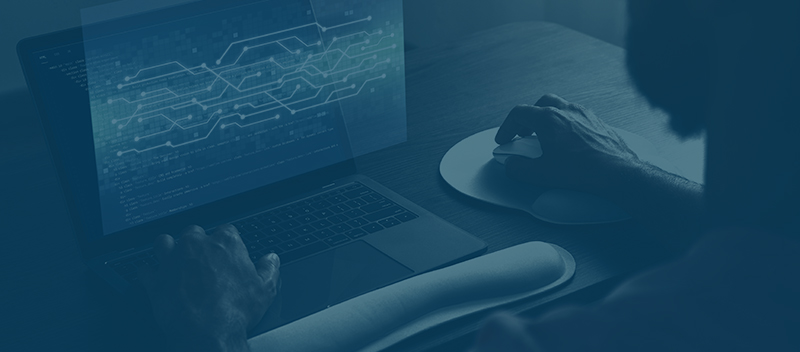
Investing in cybersecurity measures, including comprehensive penetration testing, can seem costly upfront; however, it prevents financial loss through data breaches or failed audits in the long run — proving its worth beyond expectations.
Automation in SOC 2 Compliance
Find out how automation can make gathering evidence for SOC 2 compliance a breeze, smoothing out your audit process.
— How automation can ease evidence collection
Automated tools are on the front line in SOC 2 compliance, transforming evidence collection entirely. Automation can perform continuous system checks and data assessments without human interference, significantly reducing the person-hours spent on such tasks. Compliance teams no longer need to scramble for evidential records at audit time. Automated software routinely captures all relevant information during regular operations, documenting it concisely for immediate use when necessary.
This streamlines evidence collection and ensures accuracy by eliminating human error potential and preventing valuable data loss. Therefore, thanks to automation, the risk of non-compliance is effectively dealt with by promoting a prepared state of compliance and effectively managing the risks of lapses or mistakes.
Cost and Benefit Analysis of SOC 2 Report
The financial investment necessary to obtain a SOC 2 report will be thoroughly examined in this section, along with the possible advantages, such as improved security and credibility, that may lead to more business prospects.
— How much does a SOC 2 report cost?
The cost of a SOC 2 report is not stagnant and varies considerably based on numerous factors. The key factors are the organization’s size, complexity, and the number of controls being assessed. Primarily, it depends on the calculated amount of work needed to evaluate every single control under consideration to build the report. Yet, it is imperative to utilize such costs since they often produce benefits such as customer loyalty and meeting law requirements.
— Is the investment worth it?
Implementing a SOC 2 readiness assessment requires both time and monetary commitment. Companies often need to be more concerned about whether the cost is justified. Here’s a fact from industry experiences: businesses investing in this preparative stage have experienced smoother audit processes and avoided unnecessary hitches related to non-compliance penalties or setbacks that come with failing an audit.
This preparation also boosts consumer trust by reflecting on proactive data security measures, directly supporting business retention and growth. Therefore, seeing beyond immediate expenses towards future benefits validates that investment in a SOC 2 readiness assessment provokes substantial returns.
Leveraging TrustNet for SOC 2 Compliance
Explore how TrustNet’s streamlined and automated compliance solution can strengthen your security policies and protocols for a successful SOC 2 audit while offering robust in-house support. Learn about its effective management of vendor relationships, comprehensive vulnerability scanning and penetration tests, and efficient risk assessments contributing to overall data privacy and risk mitigation within a legally compliant environment.
The TrustNet Platform
TrustNet platform simplifies the preparation for SOC 2 audits by condensing months of work into days.
It offers a centralized dashboard for compliance, so all the requirements are in one place including the aspects of continuous monitoring and automated evidence collection. Apart from simplifying things, it greatly improves the risk management processes.
The platform provides business-specific policy templates to facilitate policy development. These templates help organizations meet their SOC 2 report requirements without guesswork, making trusting your company’s security a straightforward and confident decision.
TrustNet’s Expert Support and Automation Solutions
TrustNet is dedicated to providing comprehensive in-house support for businesses preparing for SOC 2 audits, simplifying the compliance journey.
Every stage of the readiness assessment is supported by our expert team, especially with the most sensitive processes, such as the development of documentation and assessment of controls. The sophistication of management support at this level enables the organization to get acquainted with rather complicated security measures and gear up for audits in general.
SOC 2 readiness assessments are imperative for success in audits, strengthening security, instituting effective controls, and enhancing data protection. With the TrustNet platform, we provide solutions to incorporate automation into compliance processes for increased efficiency.
Secure your business with TrustNet’s top-tier SOC 2 compliance services. Talk to an expert today.


